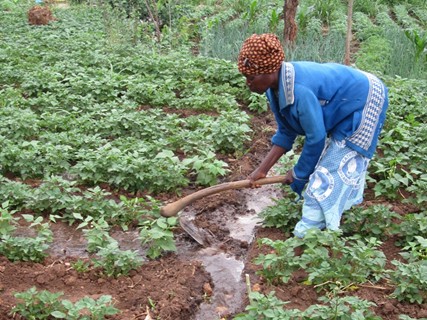- What We Do
- Agriculture and Food Security
- Democracy, Human Rights and Governance
- Economic Growth and Trade
- Education
- Environment and Global Climate Change
- Gender Equality and Women's Empowerment
- Global Health
- Humanitarian Assistance
- Transformation at USAID
- Water and Sanitation
- Working in Crises and Conflict
- U.S. Global Development Lab
Speeches Shim

Latest Fact Sheet
2020_09_30 USG Southern Africa Fact Sheet #3 ![]() (pdf - 432k)
(pdf - 432k)
view text version [pdf, 191kb]
2020_09_30 USG Southern Africa Program Map ![]() (pdf - 2 MB)
(pdf - 2 MB)
Key Developments
An estimated 2.6 million people across all of Malawi’s twenty-eight districts and four largest cities will experience Crisis or worse levels of acute food insecurity between October 2020 and March 2021—a period that includes the lean season. Poor households in Malawi’s Southern Region and in Central Region’s Salima district will be especially affected, and are projected to face Crisis or worse levels of acute food insecurity from November 2020 until the next harvest in April 2021. Additionally, poor households in Blantyre, Lilongwe, Mzuzu and Zomba cities will likely continue to face Crisis levels of food insecurity in the coming months, largely due to the negative impact of COVID-19 on wages and income-earning opportunities.
Flooding in parts of northern Malawi, prolonged dry spells in areas of southern Malawi, and decreased income-generating opportunities linked to COVID-19 mitigation measures are among the primary drivers of food insecurity in the country.
USAID is also responding to disasters in neighboring Southern Africa countries.
Background
Malawi experiences a variety of natural disasters, including cyclones, cyclical drought, earthquakes, flooding, and severe storms. In addition, vulnerable populations experience recurring food insecurity. USAID’s strategy in Malawi includes responding to urgent humanitarian needs while also supporting disaster risk reduction (DRR) initiatives which strengthen the resilience of communities. USAID DRR programs include activities that promote conservation agriculture, the use of flood- and drought-tolerant seeds, and train local and national authorities in disaster response management.

Comment
Make a general inquiry or suggest an improvement.